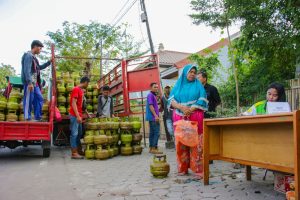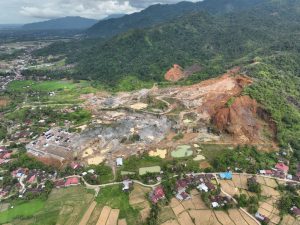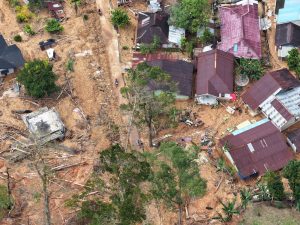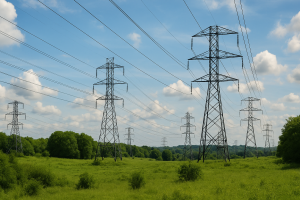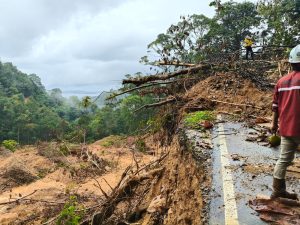Jakarta – PLN Indonesia Power (PLN IP) has designed an ambitious plan to build Solar Power Plants (PLTS) with a total capacity of 500 Megawatts (MW) by 2024. This PLTS project will be spread across five different locations.
Bernadus Sudarmanta, Director of Business Development and Commerce of PLN IP, revealed that this project has received positive support from the Just Energy Transition Partnership (JETP) members.
“Several JETP members are already ready to support this 500 MW solar power plant project after we socialised Hijaunesia. They committed as one of the standby lenders, showing a positive response to our green project initiative,” he said in an official statement.
Project Hijaunesia, PLN IP’s initiative to develop 7 GW of green energy in 108 locations across Indonesia, includes floating solar power plants in three reservoirs and land-based solar power plants on the ground. Project locations include West Java, with reservoirs such as Jatigede, Gajah Mungkur, and Kedung Ombo, while the rest will be land-based.
Sudarmanta also revealed that this year, PLN IP plans to execute the construction of New Renewable Energy (NRE) power plants with a total capacity of 1.06 Gigawatts (GW), with 1 GW coming from solar power plants and 60 MW from wind power plants.
However, the Hijaunesia project has challenges. He mentioned that PLN IP faces land provision, licensing, and funding obstacles. He also highlighted the dilemma between meeting the Domestic Component Level (TKDN) rules and the tariff targets stipulated in the Presidential Regulation.
“This challenge makes us look for solutions between costs and local content requirements. We have to fulfil the TKDN regulation while maintaining the tariff target set by the Presidential Regulation. This is a challenge, especially to optimise project progress,” Sudarmanta explained.
In addition, PLN must also overcome system challenges, as the integration of intermittent solar power plants can impact system stability. Nonetheless, PLN is optimistic that the project will positively contribute to the energy transition towards sustainability and economic stability. (Hartatik)




